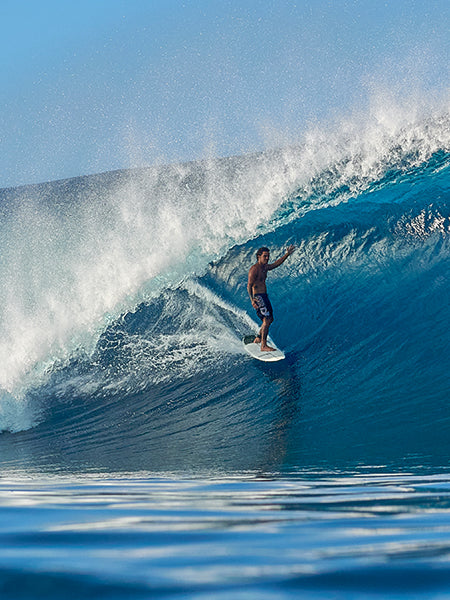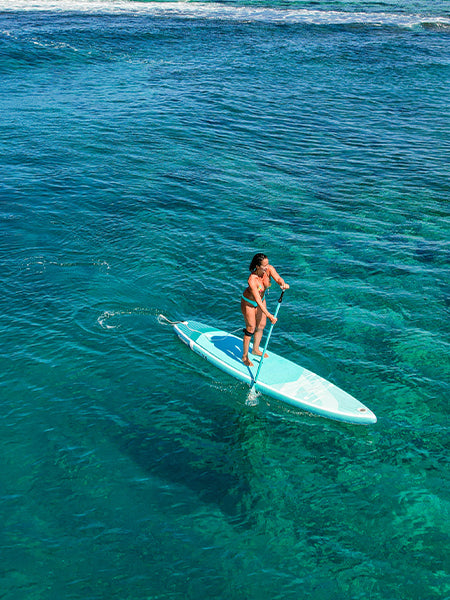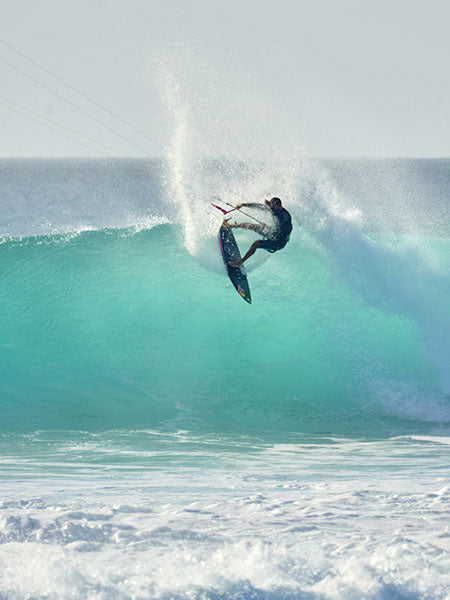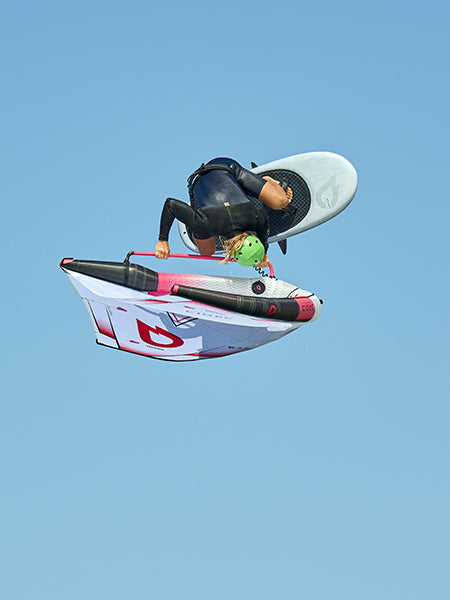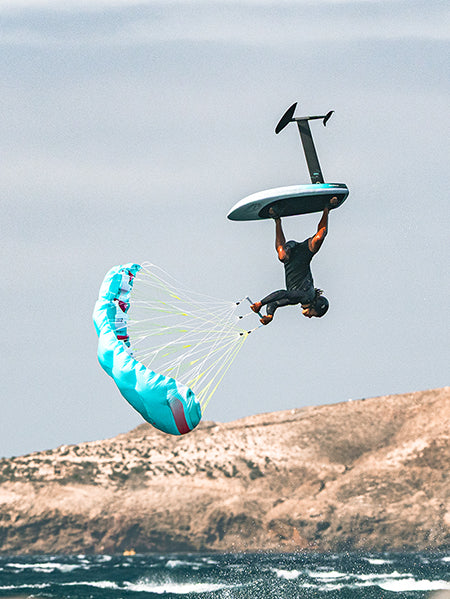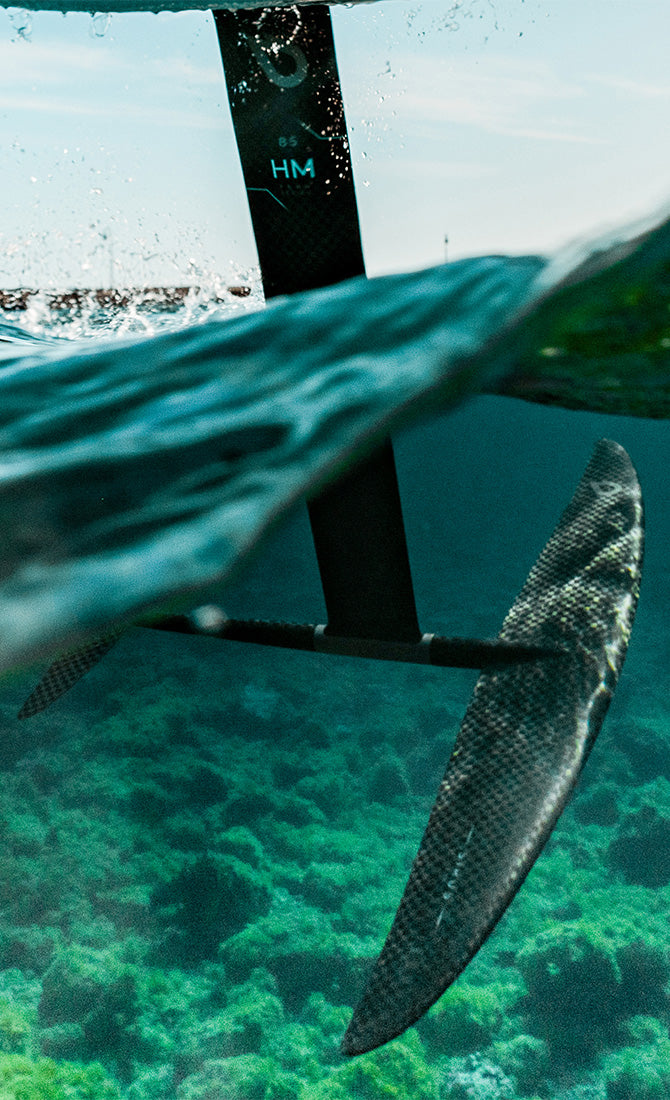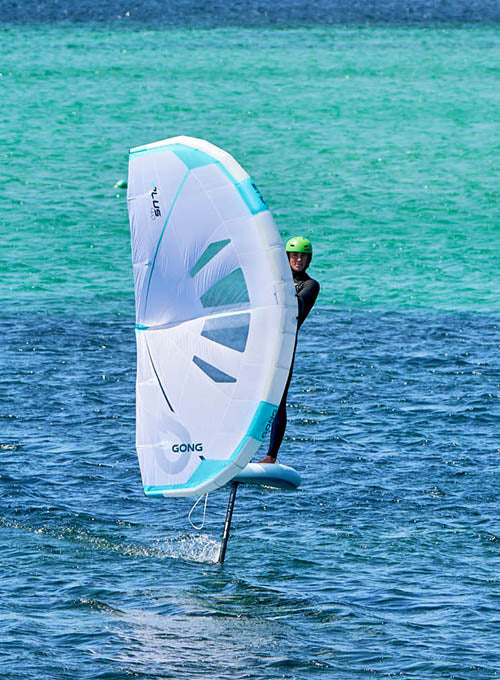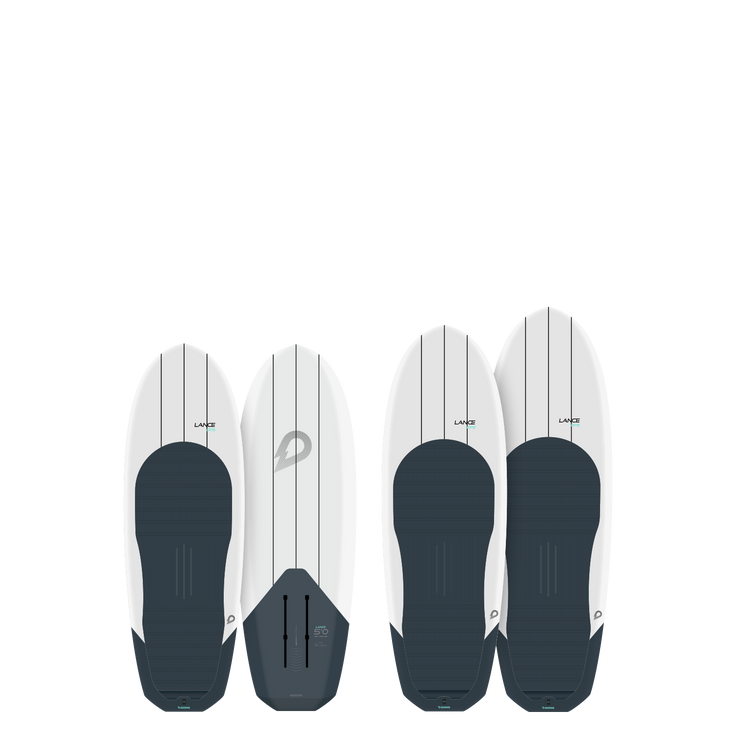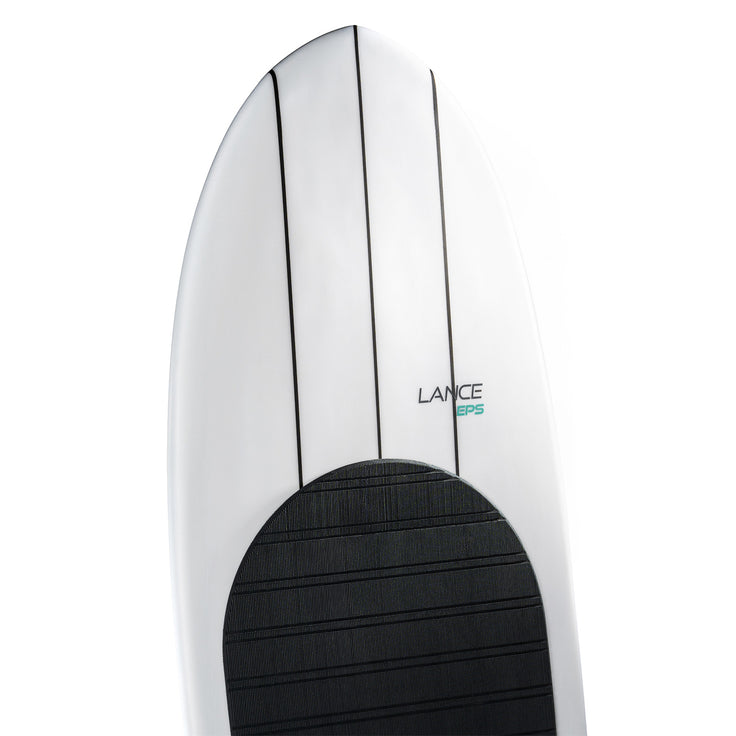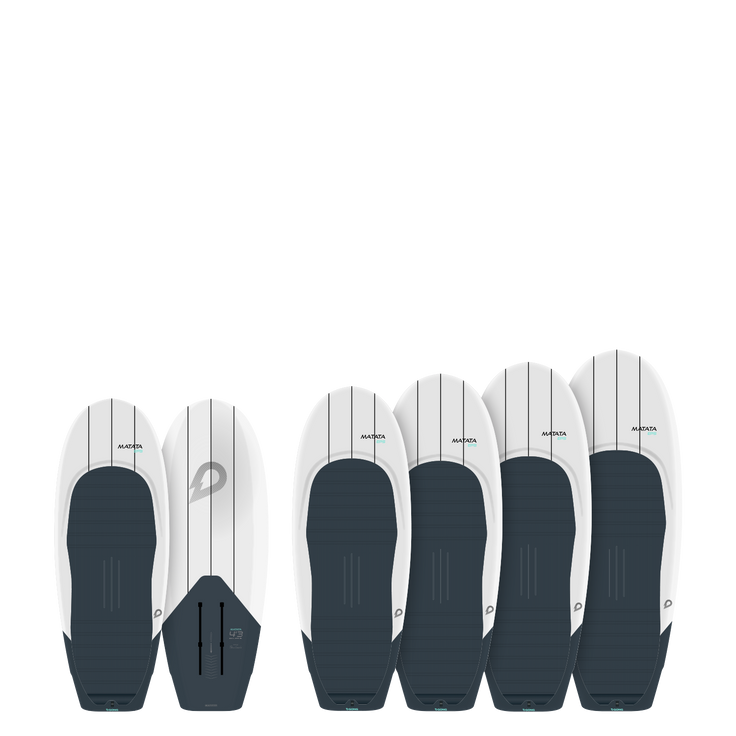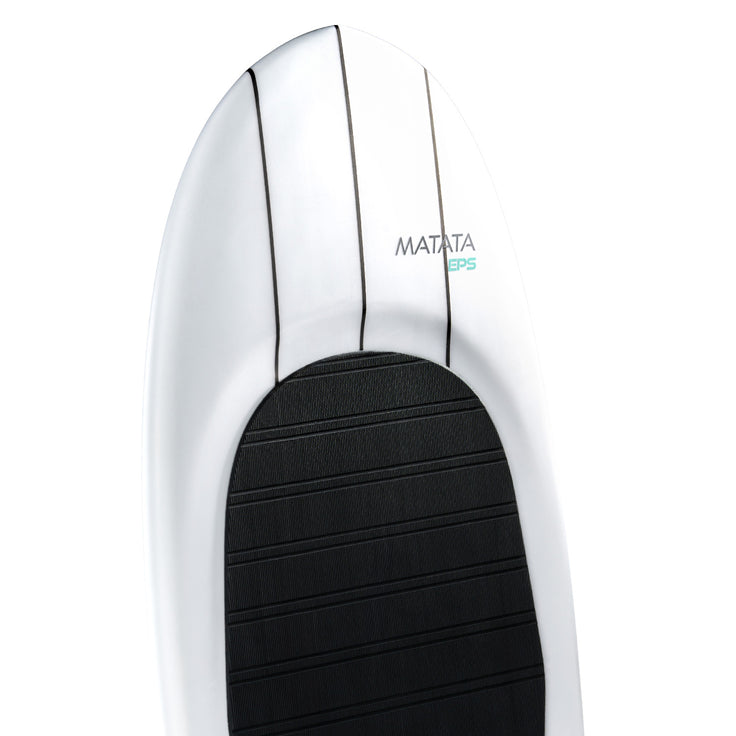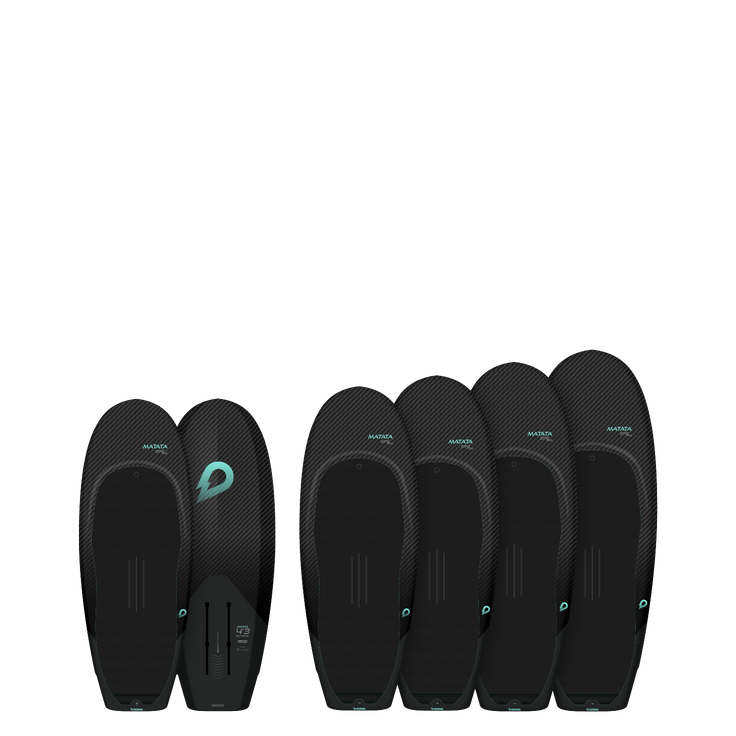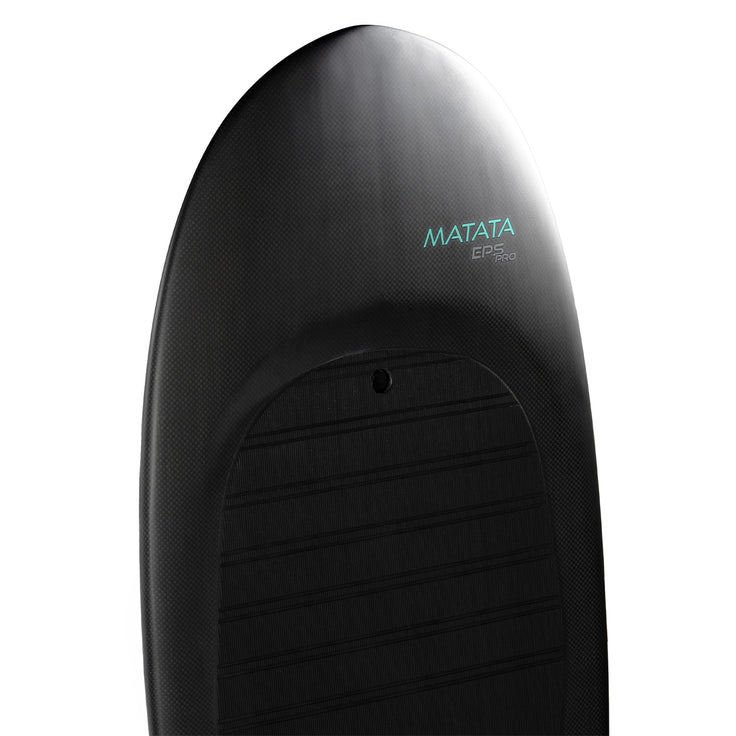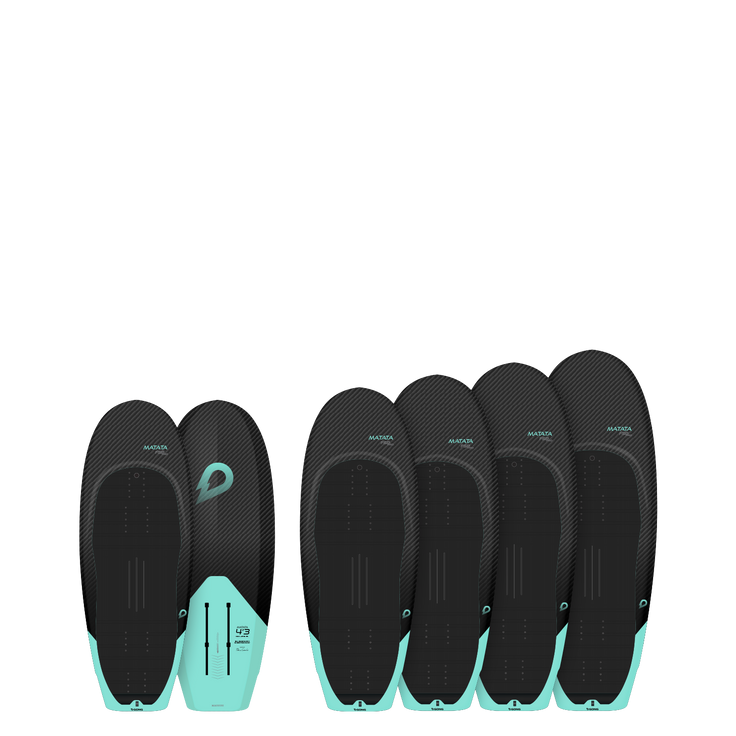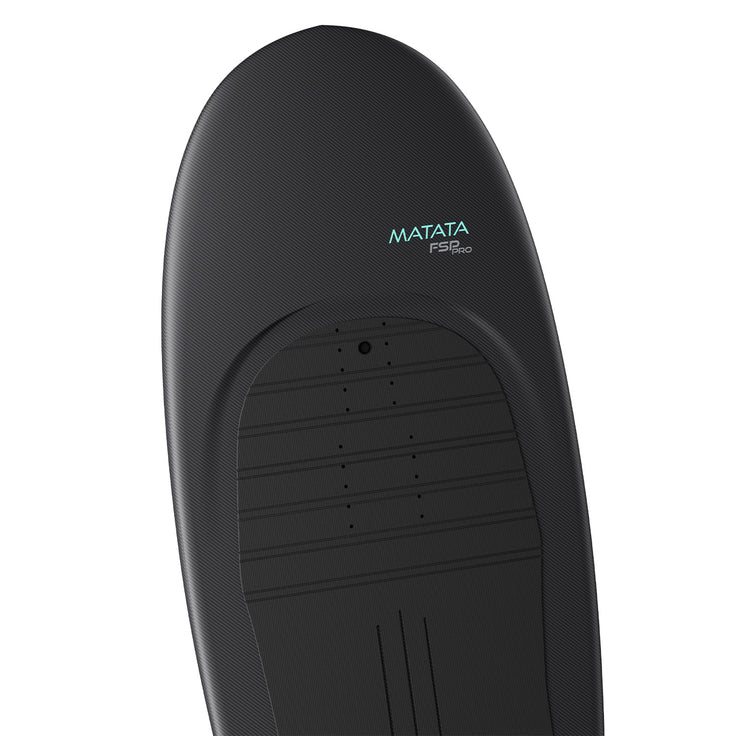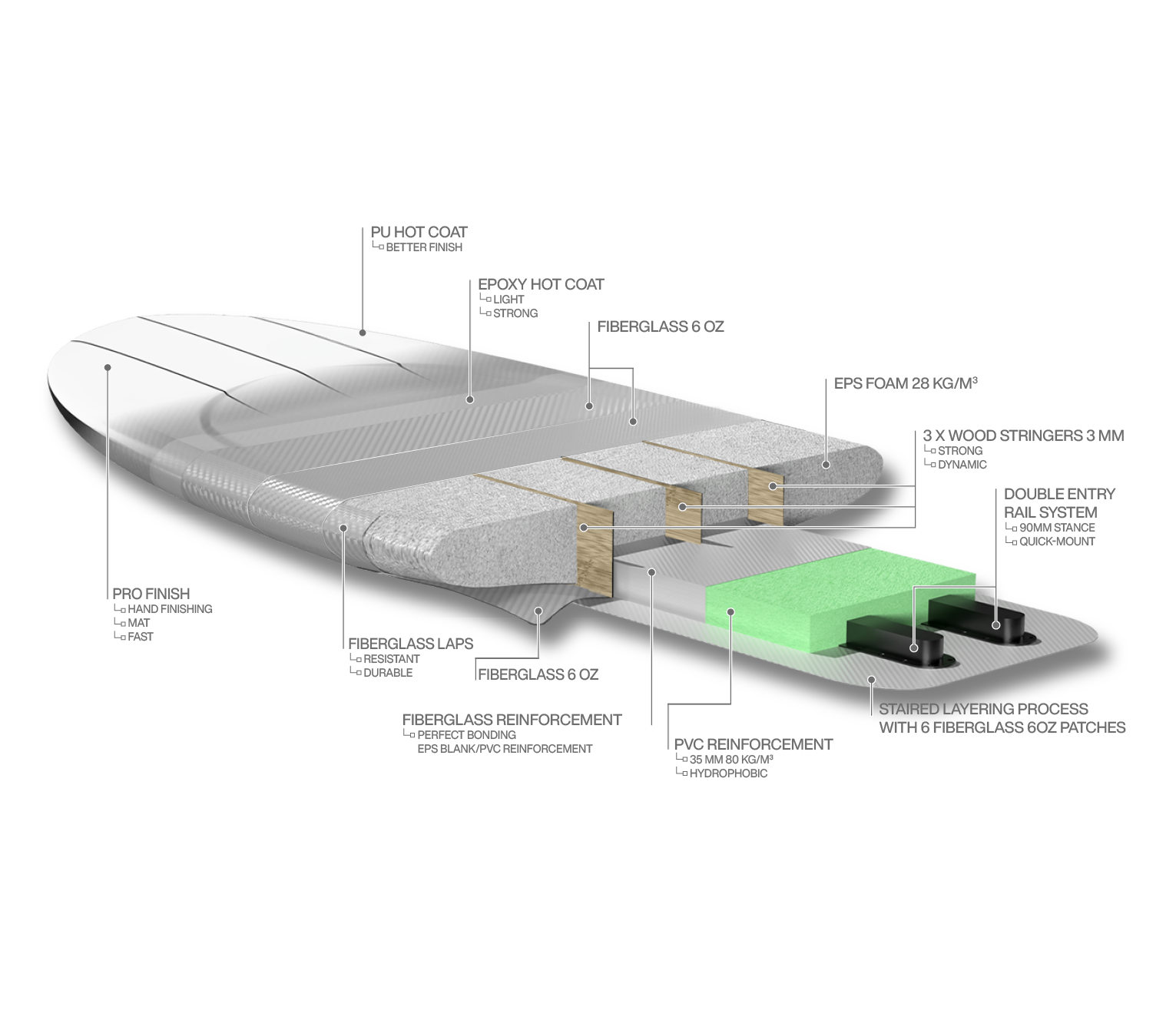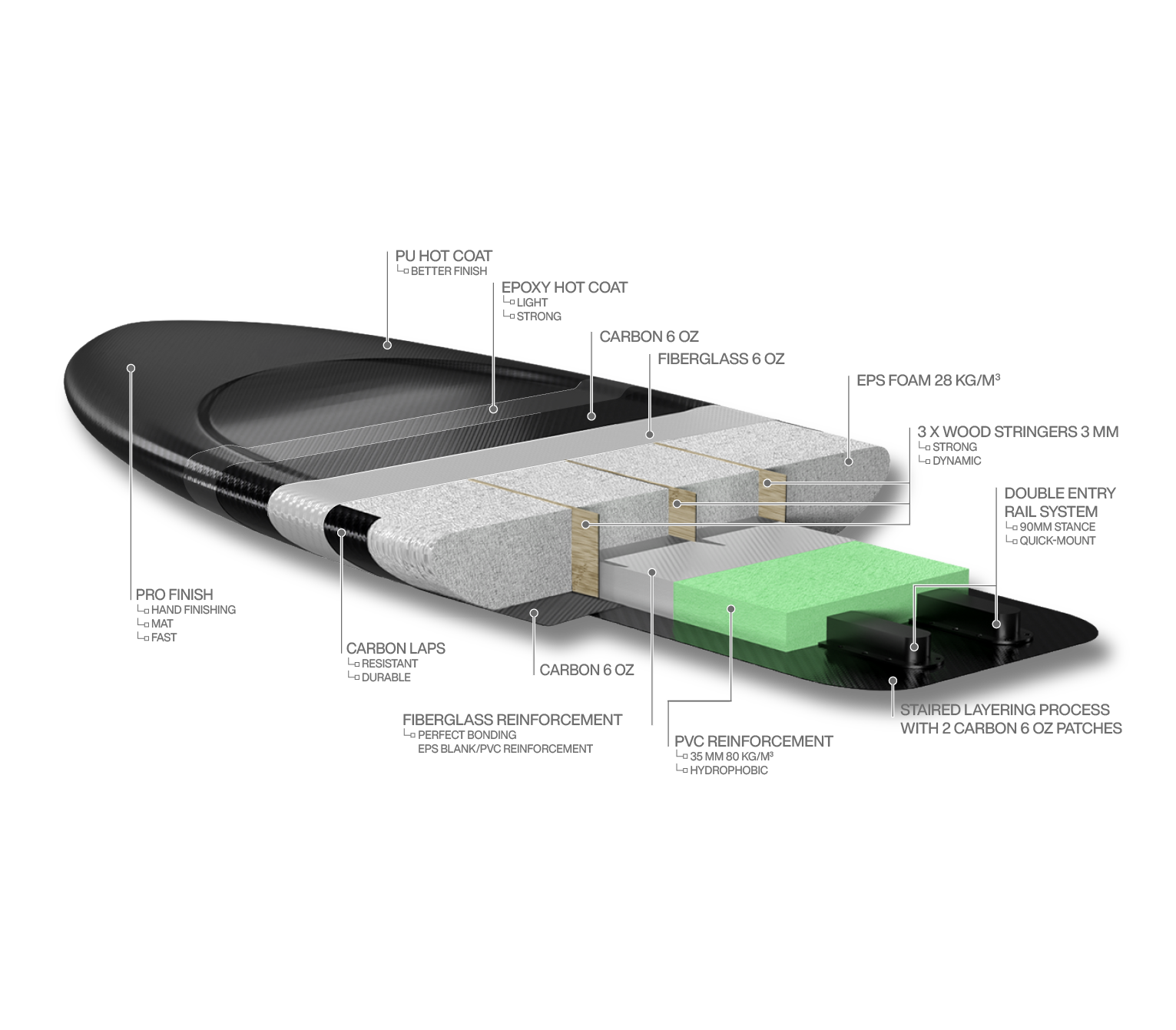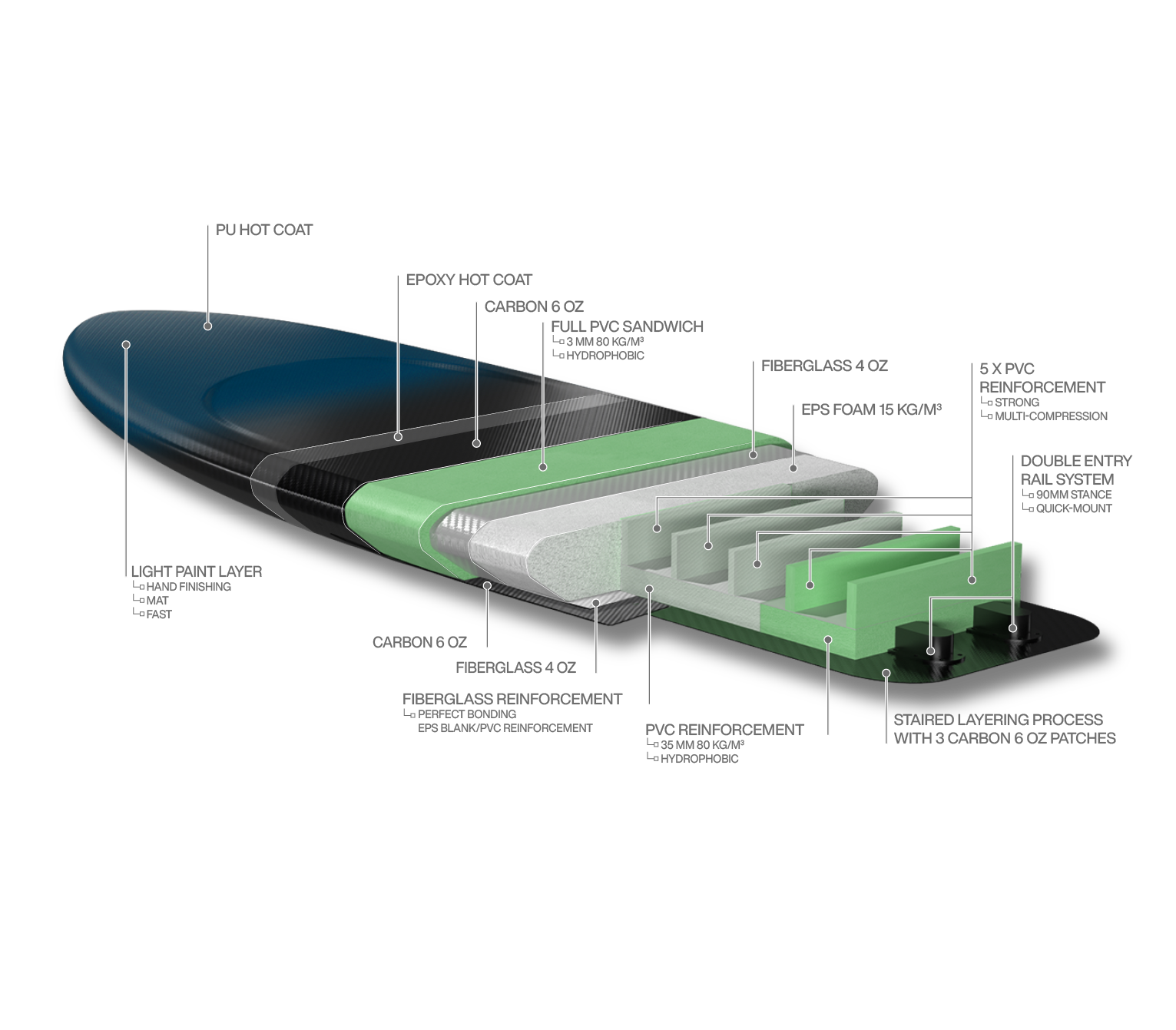Surf more
There are a million reasons to go surf foiling, the first is generally the need to exploit the days that are near-flat or deemed unsurfable with a classic surfboard. On average in Europe we have 10 good surf foiling sessions for 1 good surf session. This is an average which obviously varies depending on each spot, but it gives an order of magnitude of the “return” of the sport.
Avoid crowded spots
A good surf foiling playground is generally a spot neglected by other surfers, because many will find that 40cm sets or a few knots of wind that damage the body of water make for uninteresting conditions. Also, a wave that quickly fades in deeper water may not seem worth it for most surfers, but if the ripple remains sufficiently formed, it will be enough to make you fly.
Discover new spots
A small reef that interests no one, the edge of a rip current, tiny waves that don’t even appeal to surf schools, a reef that at high tide will give waves that are too soft, whitewater just long enough to take off, the options are plentiful. A hollow wave that breaks is perfect for surfing, but it will instantly lose a very large part of its energy and therefore of its interest in foiling since the wave will disappear. The perfect foiling spot to learn is a wave that will break gently with a light slope, just enough to help you start or take a take off with soft whitewater, and if then this wave turns into a swell line, it’s perfect to link crazy turns.
Ride the longest waves of your life
Unless you live in front of J-Bay, a wave surfed for 7 to 8 seconds is still a good wave. In surf foiling, you can surf for 30 seconds, 1 minute, or more. The distance covered during a surf foiling session versus a classic surf session can easily be multiplied by 10, if not more. Go on a left, then go right, then return to the left… The waves do not close-out anymore, you will catch up and pass closing sections with amazing ease. Watch a good surf foiler in action, he will cross the spot from one end to the other then back again. You can literally fly over the spot.
Work and maintain your physical condition
In surfing, your legs rarely get hot, unless you live on a world class spot. In surf foiling, you will work your legs and cardio, because inevitably you will progress, start pumping, and you will end up connecting your first waves. And it will be the start of a very long series of technical and physical victories that make the unthinkable possible! During your session, you will have taken waves and done your weekly jogging.
Looking up thanks to the foil
From the take off you reach the speed of a CT surfer, which requires you to look far to read the wave further ahead. When you take a surfboard again, your maneuvers are more anticipated. Foiling gives you one of the keys to surfing: the feeling of having time.
Surf foiling will not replace surfing, the two complement each other perfectly.
But your surf foiling equipment will be on the water way more. So you will maintain your paddle fitness, even during the summer periods, when the swell is rarer. You will be ready on days of good conditions, and you will choose to surf on days of good conditions only. It’s the end of surfing in mediocre conditions. Every day is amazing.
Do dock starts,
On a lake, in a harbor, by a river, in your private Olympic swimming pool … An ocean that is really flat can be the occasion for a dock start session among friends. This type of training is perfect for developing your physical condition and precision of the stance. This will make you twice as strong for the next session in the waves, in foiling as in surfing.
Getting into beach starts.
You all have in mind this wave that rises but never breaks for a take off. With the beach start technique, you can get on this kind of wave and the festival begins. In general, there are 25 attempts to make a successful dock start, and double for a beach start. But what else would you do that day? Nothing, or mountain biking, so these attempts are a great game between friends and really not a waste of time. You have to be strong on your legs, have cardio and goooo.
Surf the smallest board in your quiver
Surf foiling boards are shaped to have the greatest length / volume ratio. This will allow you to easily surf with a 4’8 thanks to a volume close to 50 L. And the foil helps you to drop earlier. Surfing tiny boards has never been easier. One must admit it’s really cool to fly on a micro board! And it fits in the trunk hey hey …
Surf with finesse
If you are not really a powerful surfer, that’s good! The foil is a story of finesse, whether with your stance or when reading the wave. Surf with grace, effortlessly, and noise-free. Surf foiling can look like a mix between the Hoverboard of Back to the Future and a Snowboard session in 50cm of snow powder, that’s about it but better, because there is no friction.
For the sensations
You will have the same sensations when foiling a 50 cm wave as surfing triple the size, make a turn and you accelerate. Whatever your level in surf foiling, you will be rewarded, making your first stabilized flight is indescribable. Think back to your very first wave in surfing, and the joy it took, multiply that by 100, and you’re almost there. At each step you open the field of possibilities, you discover new tricks.
